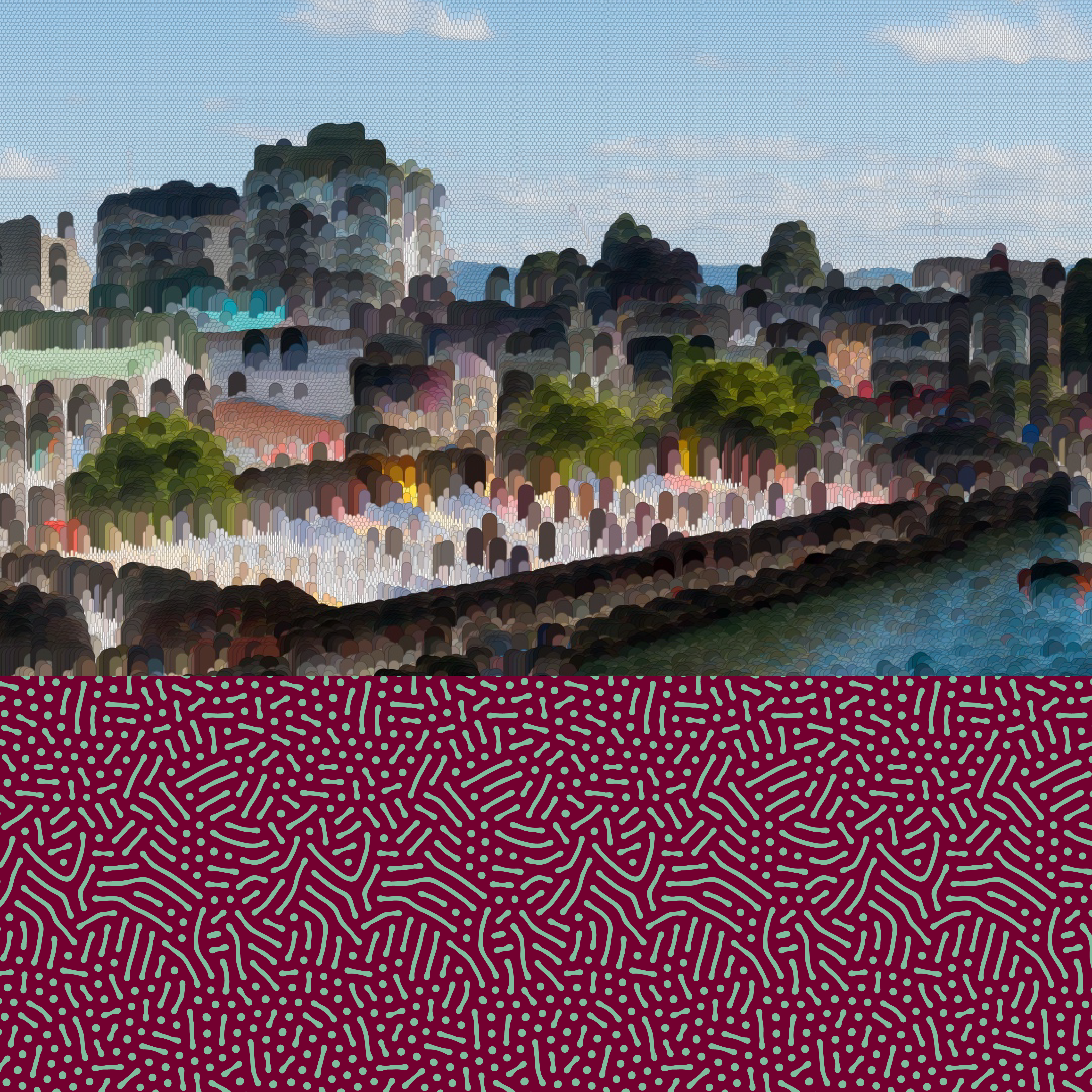Social Price of Carbon for Latin American and Caribbean Countries
Economic valuation of carbon for climate action
Latin American and Caribbean countries measure the harm caused by carbon emissions
Client
United Nations – Economic Commission for Latin America and the Caribbean (ECLAC)
Schedule
2021-2024


The Problem
Governments across Latin America and the Caribbean are seeking to better understand the impact of carbon emissions so they can shape smarter policies and target investments more effectively. They asked SSG to adapt the social price of carbon, which puts a dollar value on the social and economic damage created by climate change, to local realities and priorities.
The Problem
How can Latin American and Caribbean governments assign a monetary value to the cost of each additional ton of CO₂, while accounting for their differing needs and policy priorities?
8
countries in the region involved in the project
2
countries in the region had an SCP before the study (Peru and Chile).
The Solution
SSG partnered with the United Nations – Economic Commission for Latin America and the Caribbean (ECLAC) and governments from eight Latin American and Caribbean countries to determine their Social Price of Carbon. These efforts mark a major milestone for most countries, since it is the first time carbon pricing has been integrated into social appraisals, and public investment offices are already training professionals in the use of this tool.
To ensure that the Social Price of Carbon reflected each country’s unique context and priorities, SSG supported countries in selecting one of three methods depending on data availability and political preferences.
Five countries – Nicaragua, the Dominican Republic, Peru, Paraguay, and Panama – chose to use a method that internalizes the real costs of emitting greenhouse gases. Two countries, Honduras and Costa Rica, applied an evidence-based methodology, while Chile adopted a target-based approach (known as MACC method).
The estimated social price of carbon ranges from US$ 7 per ton of CO2 in Nicaragua to US$ 72 in Chile, with the price reflecting different development levels, economic structures, and domestic political and social contexts.
The Outcome
Based on the models developed in partnership with SSG, countries across the region have calculated their Social Price of Carbon (SPC):
4
countries have formally published a SPC (Chile, Peru, Costa Rica, Dominican Republic)
$7-70
the range of SPC (USD$ per ton of CO2 equivalent) applied in the region.
Outcome
Key Takeaways
Contact Us
Want to know more about how we can help you respond to climate change?


